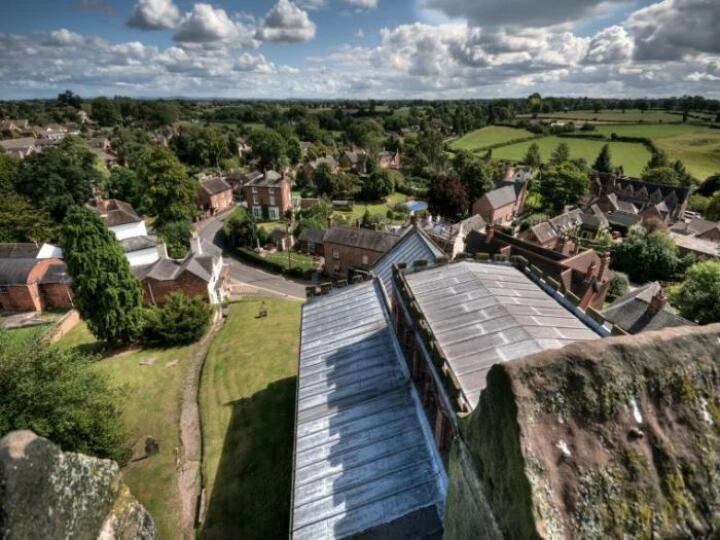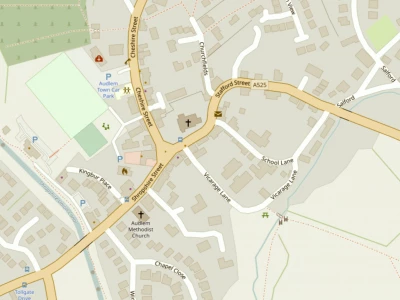
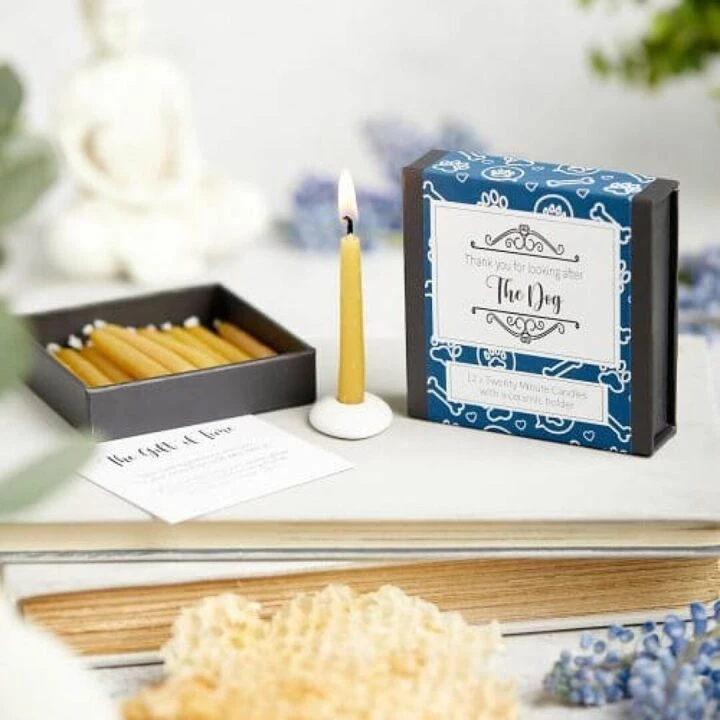
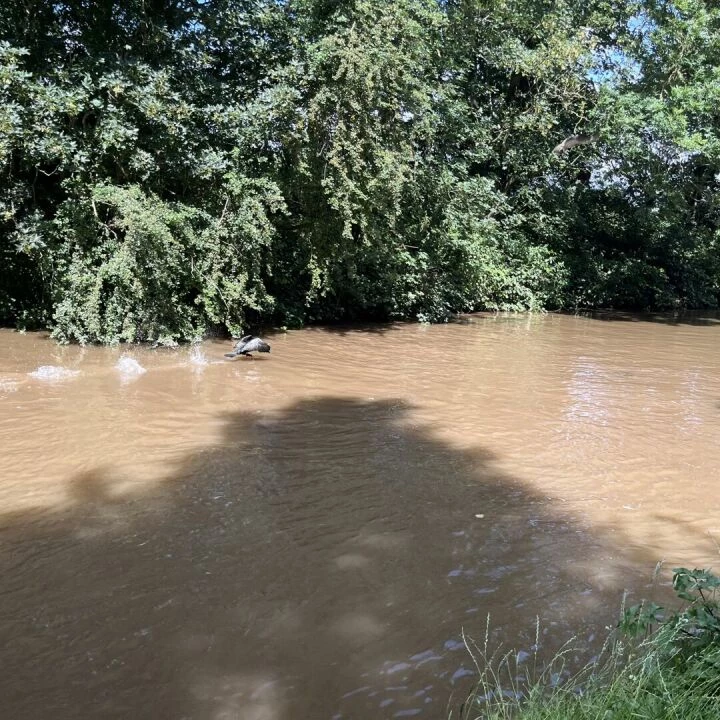

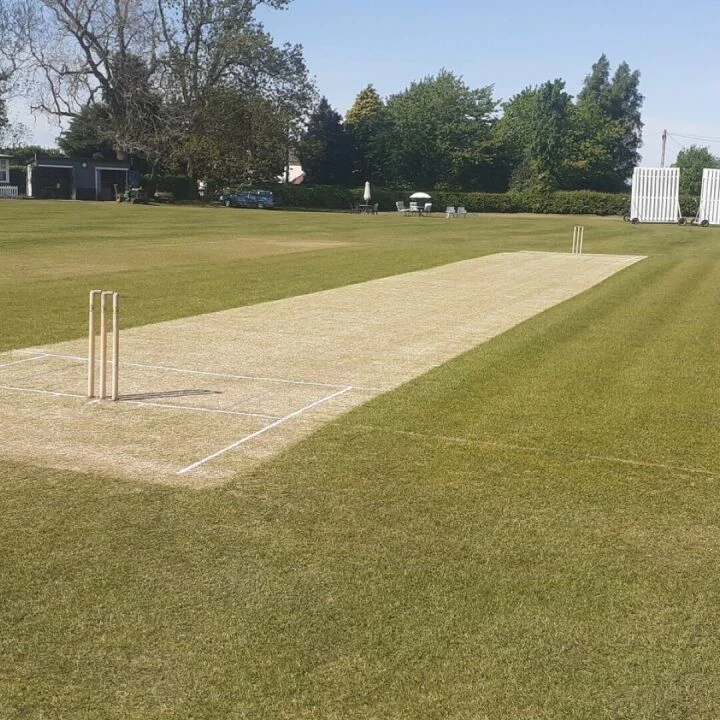


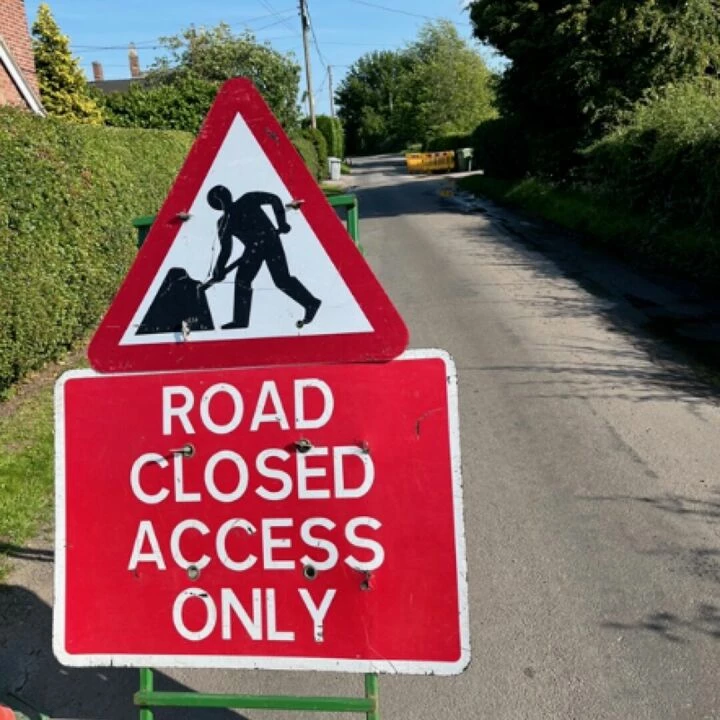
Rhapsody in Blue is a musical composition by the American composer George Gershwin for solo piano and jazz band, which combines elements of classical music with jazz-influenced effects.
It premiered in 1924, on Tuesday February 12th, as part of an afternoon concert held by Paul Whiteman and his band – the Palais Royal Orchestra – titled An Experiment in Modern Music. The concert took place in Aeolian Hall in New York City.
Commission
In late 1923, bandleader Paul Whiteman, who had earlier collaborated with Gershwin, asked him to contribute a concerto-like piece for his planned all-jazz concert. Gershwin declined on the grounds that, as there would certainly be need for revisions to the score, he would not have enough time to compose the new piece.
Late on the evening of January 3rd, at the Ambassador Billiard Parlor at Broadway and 52nd Street in Manhattan, while George Gershwin and Buddy De Sylva were playing billiards, his brother Ira Gershwin was reading the January 4th edition of the New York Tribune. An article entitled "What Is American Music?" about the Whiteman concert caught his attention, in which the final paragraph claimed that "George Gershwin is at work on a jazz concerto, Irving Berlin is writing a syncopated tone poem, and Victor Herbert is working on an American suite."
In a phone call to Whiteman next morning, Gershwin was told that Whiteman's rival Vincent Lopez was planning to steal the idea of his experimental concert and there was no time to lose. Gershwin was finally persuaded to compose the piece.
Composition
Since there were only five weeks left, Gershwin hastily set about composing a piece, and on the train journey to Boston, the ideas of Rhapsody in Blue came to his mind. He told his first biographer Isaac Goldberg in 1931:
"It was on the train, with its steely rhythms, its rattle-ty bang, that is so often so stimulating to a composer – I frequently hear music in the very heart of the noise. And there I suddenly heard, and even saw on paper – the complete construction of the rhapsody, from beginning to end.
No new themes came to me, but I worked on the thematic material already in my mind and tried to conceive the composition as a whole. I heard it as a sort of musical kaleidoscope of America, of our vast melting pot, of our unduplicated national pep, of our metropolitan madness. By the time I reached Boston I had a definite plot of the piece, as distinguished from its actual substance."
Gershwin began his work on January 7th, as dated on the original manuscript for two pianos. The piece was titled American Rhapsody during composition. The title Rhapsody in Blue was suggested by Ira Gershwin after his visit to a gallery exhibition of James McNeill Whistler paintings, which bear titles such as Nocturne in Black and Gold: The Falling Rocket and Arrangement in Grey and Black (better known as Whistler's Mother).
After a few weeks, Gershwin finished his composition and passed the score to Whiteman's arranger Ferde Grofé, who orchestrated the piece, finishing it on February 4th, only eight days before the premiere.
This article is from our news archive. As a result pictures or videos originally associated with it may have been removed and some of the content may no longer be accurate or relevant.
Get In Touch
AudlemOnline is powered by our active community.
Please send us your news and views using the button below:
Email: editor@audlem.org

